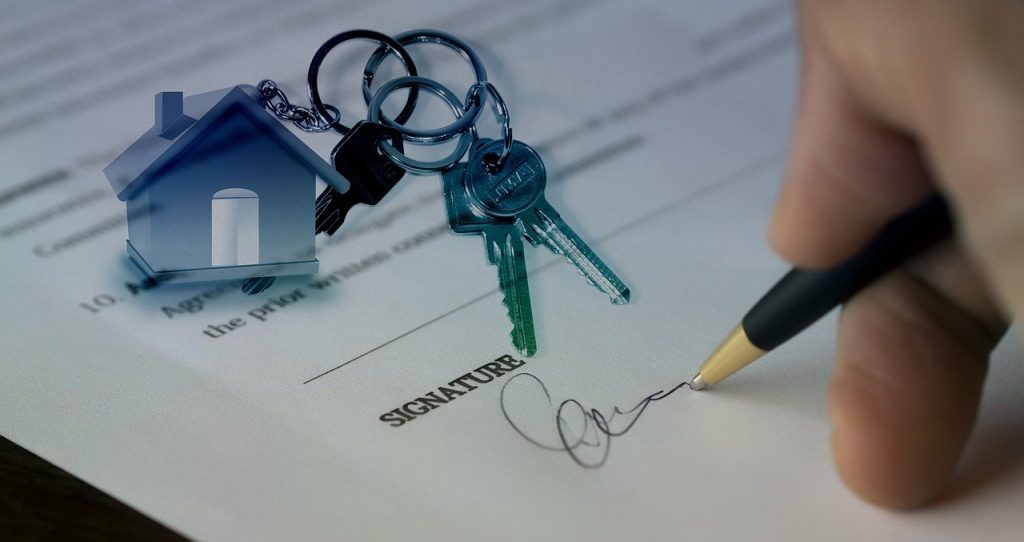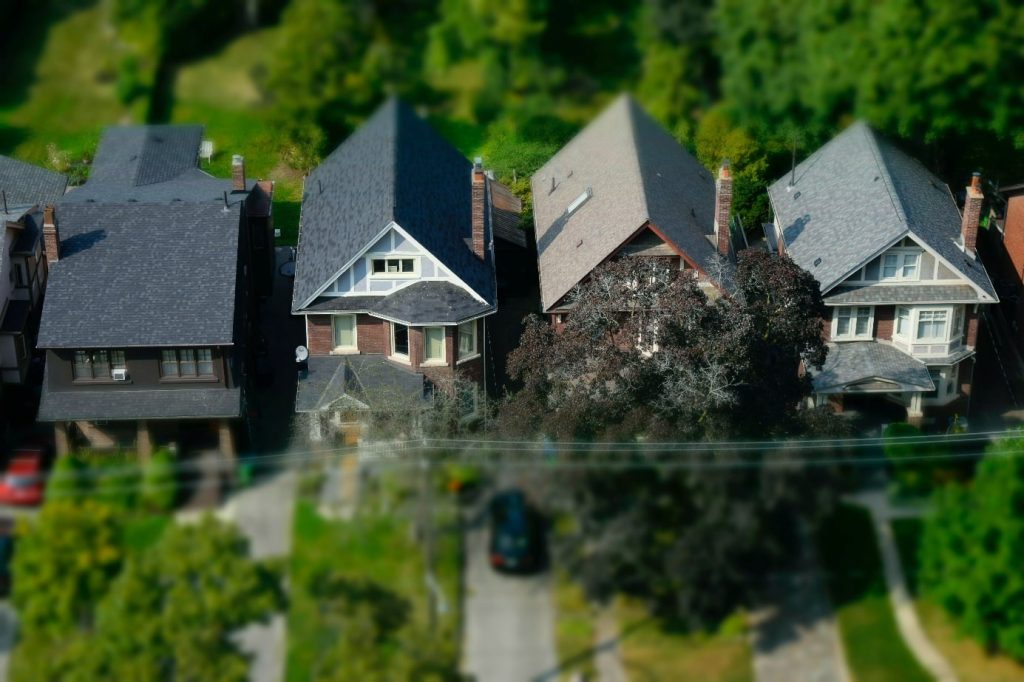Would you like to calculate the approximate amount of your housing tax in order to anticipate your future expenses? You have just received the amount of your housing tax and you want to check its total? Are you trying to understand the different tax notices you receive each year? The tax authorities calculate the amount of your residence tax according to its rental value. The latter is determined by several criteria. Here are some simple and precise explanations that will help you see things more clearly!
Summary
The housing tax
The housing tax applies to all main and secondary residences and is payable by all (tenants or owners). The housing tax is calculated according to your place of residence on January 1 of the tax year. To this is added the contribution to the public audiovisual sector.
Read also: Calculation of living space: Boutin law
The criteria determining the cadastral rental value of a property
The cadastral rental value of your property corresponds to the level of potential annual rent that the property would produce if it were rented. To calculate this cadastral rental value, several criteria must be taken into account. First of all, the tax administration calculates the weighted surface of your property and associates its location, its composition (running water, electricity, gas, shower, bathtub, sewer, etc.) and its state of maintenance.
Possible discounts
The cadastral rental value of your main residence is reduced by several allowances. These allowances are linked to the number of dependents. The latter are your children taken into account when calculating income tax as well as your ascendants (as well as those of your spouse). For the latter, they must be over seventy or infirm and must reside with you. In addition, their income must not exceed a certain limit.
Your allowance will be ten percent for each of the first two dependents. For each of the following people, you will benefit from an additional fifteen percent.
It is also good to know that the allowances are halved if your children are in shared custody.
Several optional allowances are also possible. For example, local authorities can apply a reduction of one to fifteen percent of the rental value for the main residences of the municipality.
People with low incomes can benefit from this same rate of abatement. They must, however, meet several criteria: a reference taxable income below a certain limit as well as being the owner or tenant of a main dwelling whose rental value does not exceed one hundred and thirty percent of the average rental value of the dwellings in the common.
A reduction in the rental value of the main residence of disabled people is possible in certain local authorities. Its rate is generally fixed between ten and twenty percent. To benefit from it, you must hold the supplementary disability allowance (ASI), the allowance for disabled adults (AAH) or the disability card.
Calculating your council tax
Finally, your residence tax is then calculated by multiplying the cadastral rental value minus the allowances by the tax rates voted by the local authorities. These tax rates are determined by assigning a tariff to each of the categories of municipal property.
To be able to make a simulation, all you have to do is check with your administrations to find out the different tax rates in your city. It is also possible to do your simulation on the internet.
Read also: Private wooden swimming pool: what legislation?




